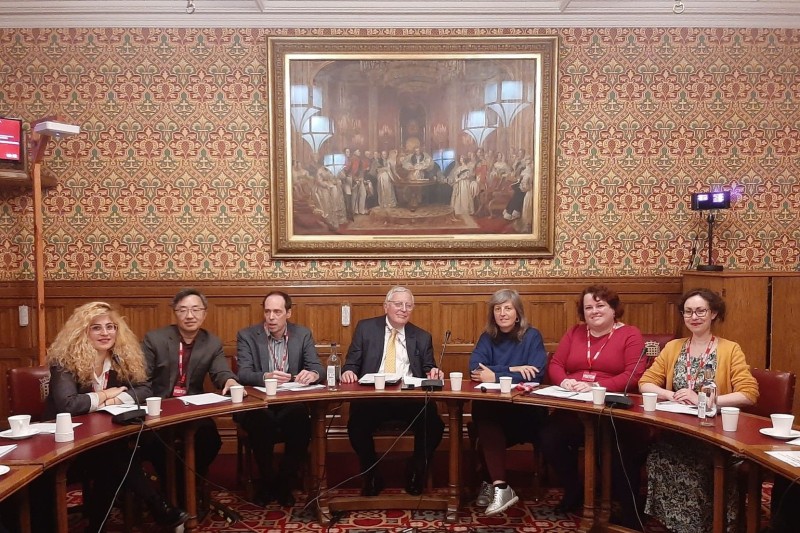BU's emeritus Professor Nigel Jump writes the next in his series of blogs on the Dorset economy.
Inflation Curse
Inflation is a curse because it saps living standards, especially for people with limited access to productive resources. It eats away at public services and private profitability, undermining real wages and benefits, and investments. If we are not careful, it changes behaviour in insidious ways, distorting financial markets and decision making for the future. Until inflation is under control which, in the near term, means adverse trends in incomes for many, the country is vulnerable to political, social, environmental, and economic disharmony, affecting policy, planning and other decision making.
Hopefully, UK inflation peaked earlier this year, but it remains stubbornly high compared with recent history and competitive rivals. In the year to May, the ‘core’ inflation measure was 7.1% higher versus 4.7% in America and 6.1% in the EU. These comparators roughly coincide with domestically driven price rises. Everywhere, interest rates have increased to deal with this higher ‘core’ inflation. The UK will have to increase rates more because of its relative lack of inflation control. UK base rates are already higher: 5.25% versus US 5% and EU 4.25%. Only America has achieved a positive real rate of interest, which is why the Federal Reserve can pause its policy tightening whereas the Bank of England and the ECB cannot. Many investors seem to be pricing for a UK policy peak rate of 6.5%.
What is driving inflation: cost or demand pressures or wider monetary conditions? Cost pressures tend to have a one-off impact on inflation unless they are part of an inflation spiral from costs to prices along multiple supply chains. Hence, it was expected that the ‘shock’ from energy prices caused by the Ukrainian war would drop out as time went by. Demand pressures may be more lasting, if wages keep the spiral going with workers trying to avoid the pain on disposable incomes of higher inflation.
Ultimately, though, inflation persists because the money supply is growing faster than needed for the level of activity: too much money chasing not enough ‘goods and services’ keeps the upward price cycle going. Interest rates are the price of money. They must rise to squeeze out the excess demand/supply. The more ‘core’ inflation is imbedded, the higher interest rates must go and the longer they must stay high. The UK’s low productivity growth model (-0.6% in Q1 2023) seems to have an in-built bias to higher inflation, worsening our competitive position versus our rivals, through the housing market, public services, terms of trade and labour markets.
This inflation curse should be treated as something to be cut out, through a period of underutilised resources and monetary constraint, (probably meaning more unemployment, corporate failures, and weaker household finances). Might it be better to have a quick, tough shock than a prolonged resistance to necessary measures? Unless inflation is brought down, interest rates will be higher for longer and, eventually, are more likely to induce a damaging recession.
The yield curve is beginning to highlight this risk. With short term interest rates now higher than some longer ones, (e.g. 2 year versus 10 year gilts), the markets appear to be fearing a period of weak economic performance – stagflation (soft growth and high inflation) – followed by a sharp decline, perhaps after a General Election, with emergency low interest rates as inflation falls precipitously and the economy shrinks, with much higher unemployment.
None of this is a forecast. Economics can tell you what could happen without due care and attention, but not what exactly will happen. The key is recognising the risks and acting appropriately. Adopting the right behaviours and incentives now is better than waiting until it is all too late. Most of us face a sacrifice of short-term wealth to support longer term well-being. We need to embrace higher interest rates for a while to see them come down sustainably later. Remember, interest rate changes can take 18 months to affect fully the overall macro economy.
As often the case, it would be better not to start from here. Structural changes to housing (more fixed rate mortgages), labour (scarce but flexible demand) and debt markets may mean that the transmission mechanism is weaker or slower than before. But it still needs to be engaged. We must address the inflation curse in 2023/24 for the hope of a sustained rebound in 2025/26. This may involve more monetary restraint, but it also needs attention to underlying supply side weaknesses.



